| sort | split |
| spheres | create | render | total | create | render | total | times faster |
| 1,000 | 0.0 | 2.9 | 2.9 | 0.0 | 2.6 | 2.6 | 1.1x |
| 10,000 | 0.1 | 8.8 | 8.9 | 0.0 | 6.0 | 6.0 | 1.5x |
| 100,000 | 2.2 | 18.6 | 20.8 | 0.6 | 15.1 | 15.7 | 1.3x |
| 1,000,000 | 39.1 | 55.4 | 94.5 | 9.7 | 35.8 | 45.5 | 2.1x |

|
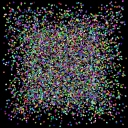
|
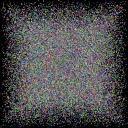
|
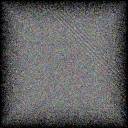
|

|

|
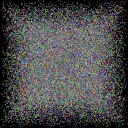
|
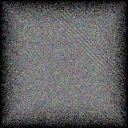
|
|
(click on each image for a larger view).
|
Sort images are on top, split images on bottom (they are identical - which is a good thing).
|
|
| sort | split |
| spheres | create | render | total | create | render | total | times faster |
| 5x5x5 = 125 | 0.0 | 4.5 | 4.5 | 0.0 | 4.1 | 4.1 | 1.1x |
| 25x25x25 = 15,625 | 0.4 | 33.9 | 34.3 | 0.1 | 28.5 | 28.6 | 1.2x |
| 50x50x50 = 125,000 | 17.1 | 1:10.5 | 1:27.6 | 0.7 | 58.5 | 59.2 | 1.5x |
| 100x100x100 = 1,000,000 | 14:58.9 | 4:30.9 | 19:29.8 | 8.4** | 3:17.7 | 3:26.1 | 5.5x |
** In the million sphere case, the create time for the split is 8.4 seconds
compared to nearly 15 minutes in the sort case! This is a huge
win - more than 100 times faster! Another good result can be seen in the
125,000 sphere case where it is almost 25 times faster.
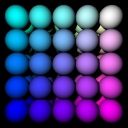
|
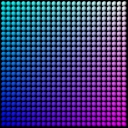
|
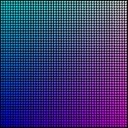
|

|
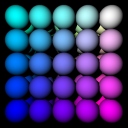
|
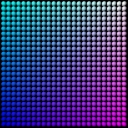
|
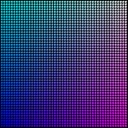
|
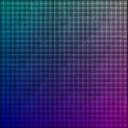
|
|
(click on each image for a larger view).
|
Sort images are on top, split images on bottom (they are identical - which is a good thing).
|
|
| sort | split |
| triangles | create | render | total | create | render | total | times faster |
| 7124 | 0.1 | 7.9 | 8.0 | 0.0 | 5.6 | 5.6 | 1.4x |
| 3516 | 0.0 | 12.2 | 12.2 | 0.0 | 11.1 | 11.1 | 1.1x |
| 6320 | 0.1 | 7.4 | 7.5 | 0.0 | 5.3 | 5.3 | 1.4x |
| 3360 | 0.0 | 6.7 | 6.7 | 0.0 | 4.1 | 4.1 | 1.6x |
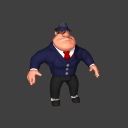
|

|

|
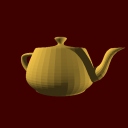
|
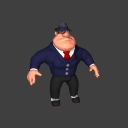
|

|
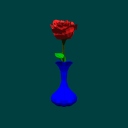
|
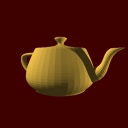
|
|
(click on each image for a larger view).
|
Sort images are on top, split images on bottom (they are identical - which is a good thing).
|
|
| sort | split |
| spheres | create | render | total | create | render | total | times faster |
| 10 | 0.0 | 1.5 | 1.5 | 0.0 | 1.5 | 1.5 | 1.0x |
| 91 | 0.0 | 5.0 | 5.0 | 0.0 | 4.4 | 4.4 | 1.1x |
| 820 | 0.0 | 13.1 | 13.1 | 0.0 | 8.9 | 8.9 | 1.5x |
| 7381 | 0.1 | 24.4 | 24.5 | 0.0 | 15.9 | 15.9 | 1.5x |
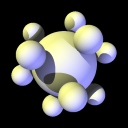
|
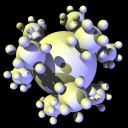
|
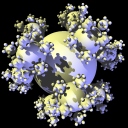
|
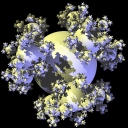
|
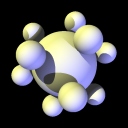
|

|

|
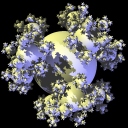
|
|
(click on each image for a larger view).
|
Sort images are on top, split images on bottom (they are identical - which is a good thing).
|































